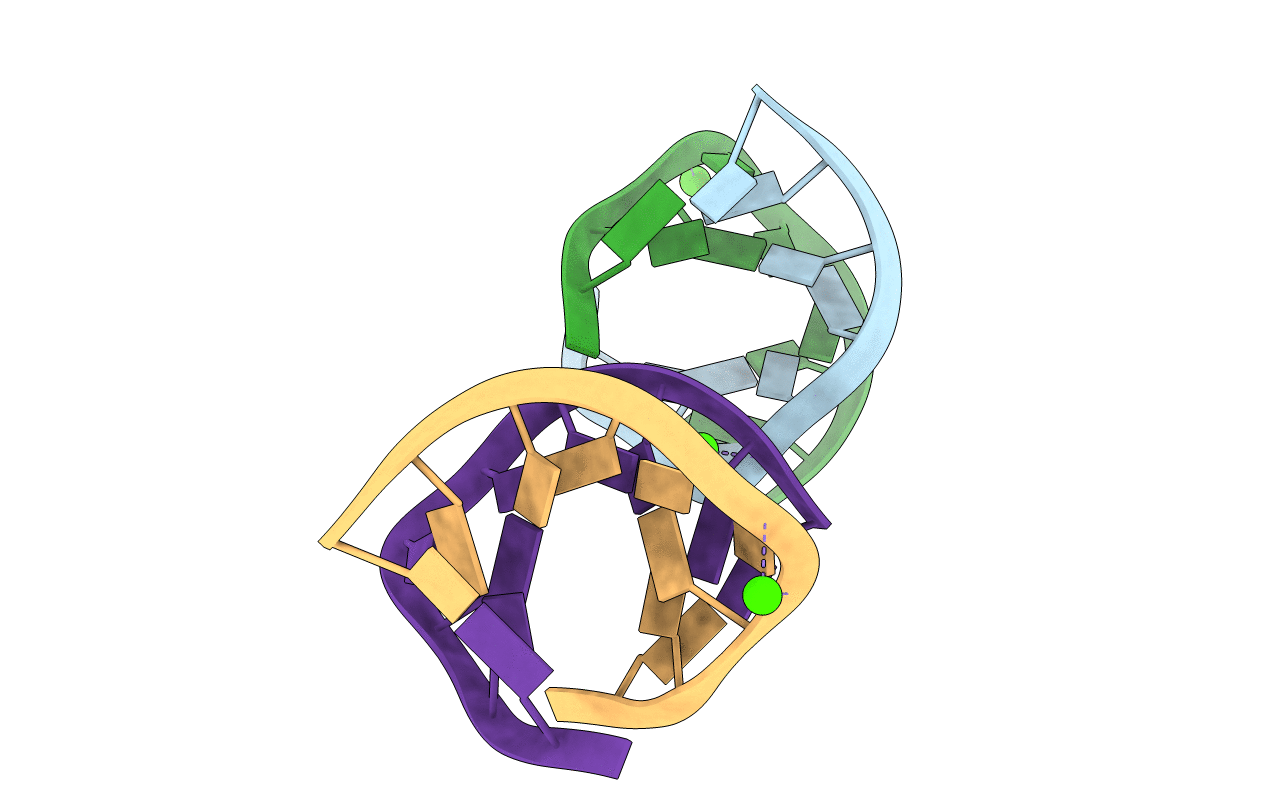
Deposition Date
2001-05-25
Release Date
2001-10-26
Last Version Date
2024-02-07
Entry Detail
Biological Source:
Source Organism:
Method Details:
Experimental Method:
Resolution:
1.40 Å
R-Value Free:
0.23
R-Value Work:
0.21
Space Group:
P 41 2 2


